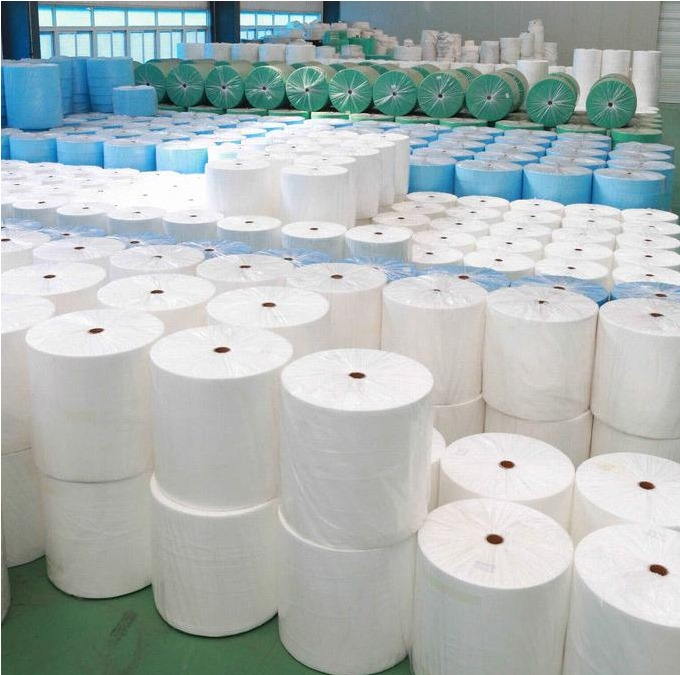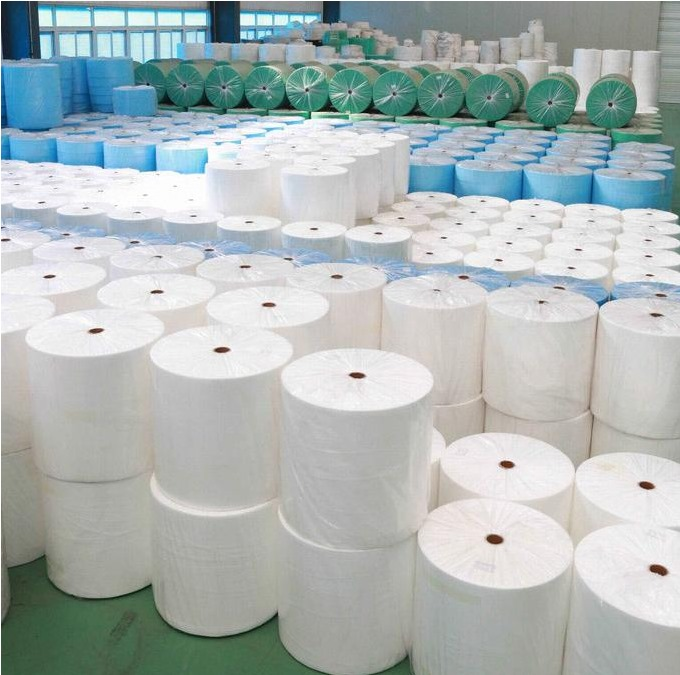
Today is a society that promotes low-carbon and environmental protection. There are fewer and fewer non-renewable resources in nature, but human daily life is more and more serious to the environment. Large amounts of greenhouse gases and non-degradable garbage have become the most serious problems that bother us. In recent years, many countries have introduced some new environmental protection measures to promote the use of environmentally friendly products.
Take shopping as an example. Our previous habit was to use plastic bags, which is not only convenient but also cheap. But after knowing the harm of plastic bags to the environment, the number of people using them has gradually decreased. Nowadays, paper bags, non-woven bags, eco-friendly shopping bags, etc. are more common in the market. As the number of users increases, this kind of market is becoming wider and wider. Although all we use are eco-friendly bags, there is no shortage of high-quality and inferior ones among these eco-friendly bags. Many inferior environmental protection bags have certain toxicity and are more harmful to the human body. So, how can we distinguish between toxic and non-toxic environmental bags?

Method 1: Observe
When we get the bag, we must first observe and judge from its color and appearance. Generally, non-toxic bags are milky white, translucent, or colorless and transparent, flexible, and feel smooth. The surface of toxic bags is mostly turbid, pale yellow, and sticky to the touch.
Method 2: water immersion detection
Since the non-toxic bag has a small specific gravity, when we immerse the bag in water, it can surface by itself. The toxic bag is slightly larger than the important one, and will not emerge on its own, and may still sink.
Method 3: Fire
Since the plastic bags we use contain polyethylene materials, when they burn normally, the flame should be blue, the upper end should be yellow, dripping like candle tears when burning, there is a paraffin smell, and there is little smoke. The toxic plastic bag goes out immediately after leaving the fire, the flame is yellow, the bottom is green, softened and can be drawn, and it has a pungent odor.

<< previous
next >>